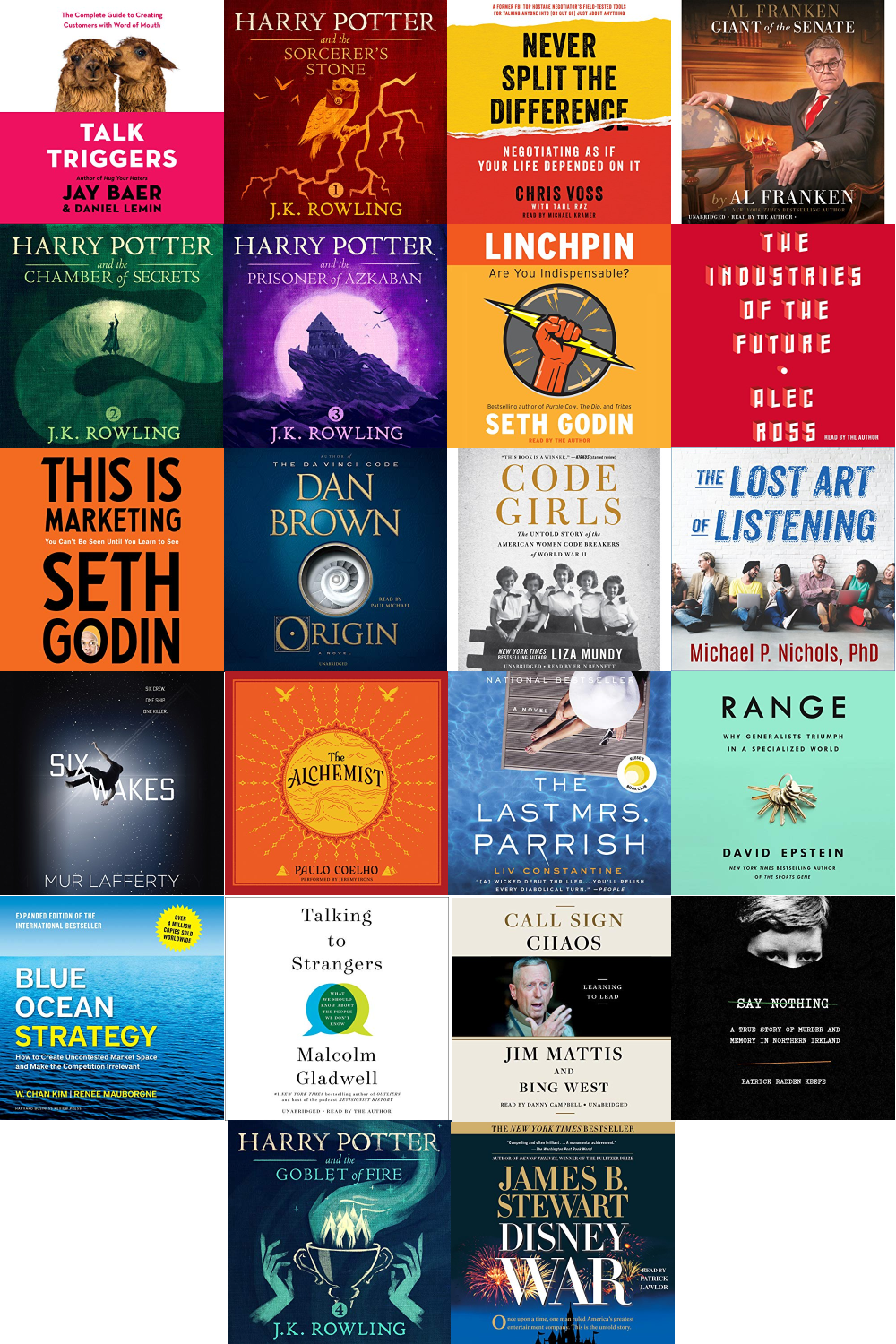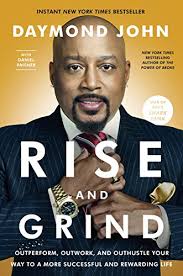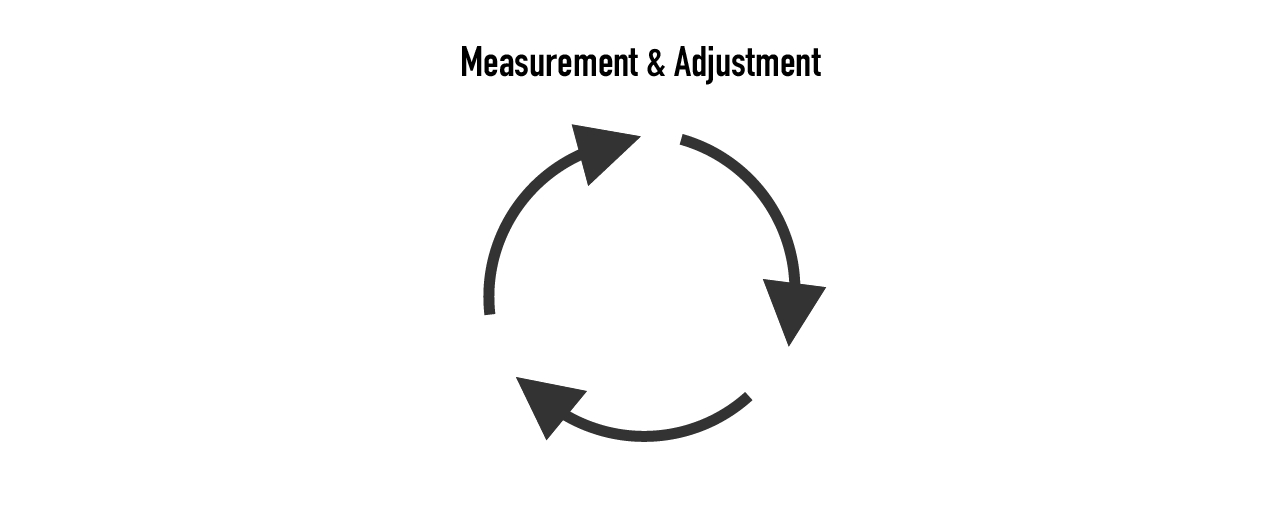Over the past couple of weeks, I’ve been investigating local listings issues. I want to understand how companies and brands are affected by their local listings on Google, Bing, Yelp, Trip Advisor, and other local sites. There is a lot to cover when you are considering everything from search engine impact, ratings / reviews, and just plain old presentation and curb appeal.
My hypothesis is that few people inside of businesses are thinking about the quality and impact of their local online listings. There is basic care and maintenance required that businesses either don’t understand or don’t focus on.
Companies (especially large companies) expect that these activities just happen automatically. I understand why. Google, Facebook, and many others have taken the initial steps to create local establishments with or with out the company’s involvement. Most of the time, they have gotten it ‘close enough’, so we don’t worry about it.
This is an inside-out view of the situation. Businesses need to step back and view these listings from a customer’s perspective. You need to look at your business from the outside-in.
This is how I always try to work. I challenge my colleagues to do everything you can to put yourself in the customer’s shoes. Go do a google searches for a local franchise locations in a sample of states or countries. Ask Siri or Alexia to tell you where the closest dealership is located. Check the Yelp ratings.
Do you like what you see? Many times you will find inaccuracies in the location details. Associated photos are listed that don’t make sense. Reviews or questions are sitting and have not been addressed. If you see these types of issues, it should be a major red flag.
These types of issues show that you are not working the way your customers are expecting. At minimum, you want to make sure that when they type in your address into their map software, they are taken to the right place and it looks good!
Chances are, you will see the information and determine that you need to be managing your local details more effectively. You have choices on how to approach.
You can manually manage the locations by claiming the details with the listing sites such as Google, Bing, Facebook, Foursquare, yelp, etc… If you are a Global company, don’t forget to manage local sites, such as Baidu and Yandex. This is a good approach for a company that has a limited number of locations.
If you are at a large organization, you will probably need additional help. There are several companies that offer platforms and services to assist with the management of listings. These services can even make you aware of requested changes and new ratings or reviews. There are many companies out there that offer these types of services. Yext, Moz, BrightLocal, Synup are just a few.
So, there you have it. I hope you found this perspective helpful. As always, feel free to reach out if you would like to chat.
Creative Commons Image Credit: Eric Fischer







